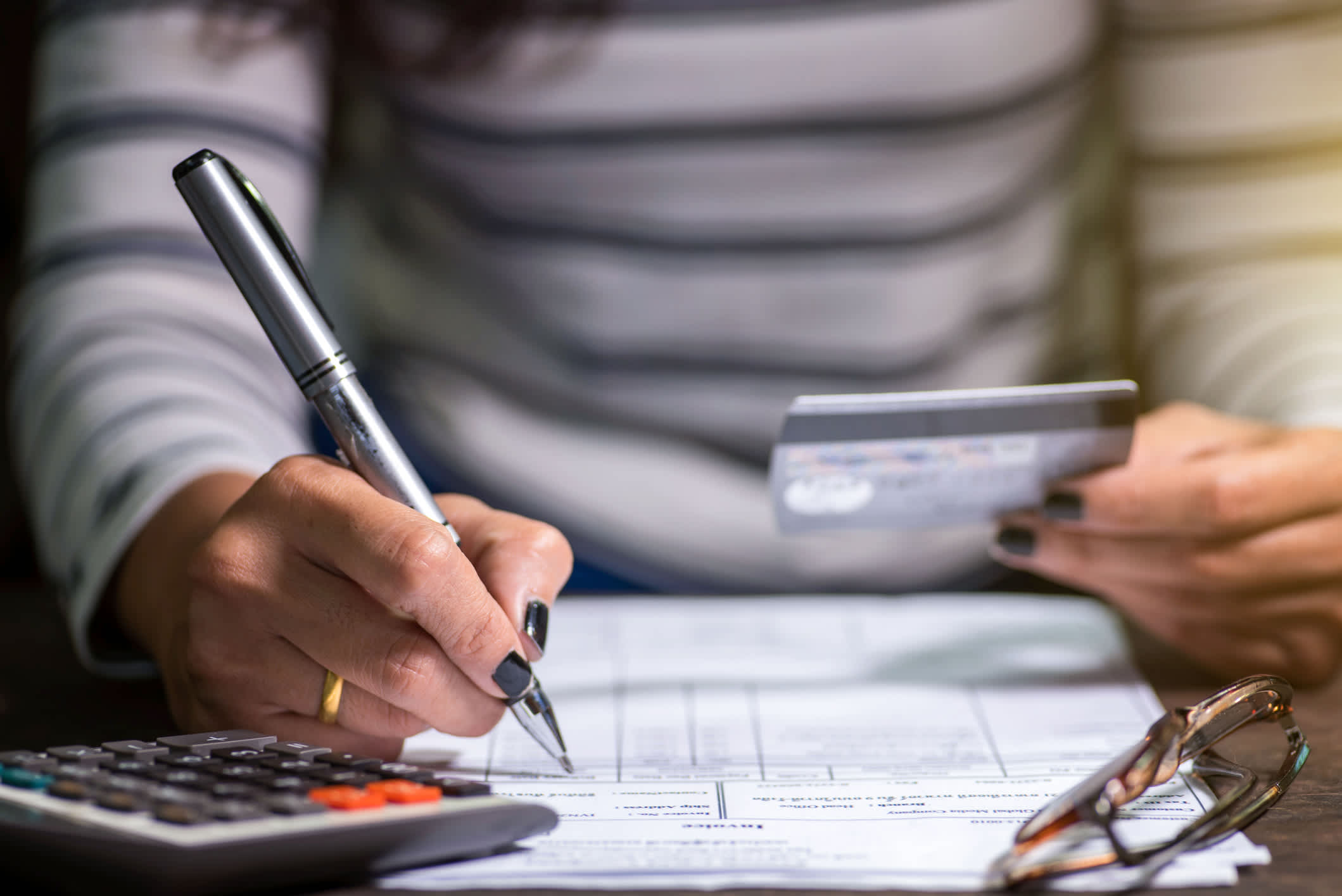Products You May Like
Putting your purchases on plastic is about to cost you even more.
The Federal Reserve is expected to raise rates three or four times this year, starting as early as March. That means anyone who carries a balance on their credit card will soon have to cough up more dough just to cover the interest charges.
Most credit cards have a variable rate, so there’s a direct connection to the Fed’s benchmark. As the federal funds rate rises, the prime rate does, as well, and credit card rates follow suit. Cardholders see the impact within a billing cycle or two.
These days, the average consumer has a credit card balance of $5,525, according to Experian, and pays an annual percentage rate of roughly 16%, which is high but still cheap by historic standards.
More from Personal Finance:
10 things that will be more expensive in 2022
Your best money moves before interest rates rise
How much to tip in a post-pandemic world
However, with several rate hikes on the horizon, credit card rates will be back around 17% by the end of the year, not far from the pre-pandemic high, according to Ted Rossman, a senior industry analyst at CreditCards.com.
“If you are a consumer paying these rates, that’s taking a big bite.”
And yet, most credit card users who carry a balance don’t even know the interest rate they’re being charged, a separate survey from Bankrate found.
To put it in context, if you only made the minimum payments on an average credit card balance, it would take more than 16 years to get out of debt and cost you more than $6,000 in interest alone, Rossman calculated.
If your annual percentage rate rises — even by less than a percentage point — in 2022, that will set you back another $300 to $400 in interest over that time.
Meanwhile, Americans are spending more as the economy bounces back from the Covid pandemic.
After paying off a record $83 billion in credit card debt in 2020, helped by government stimulus checks and fewer opportunities for discretionary purchases, credit card balances are heading higher once again.
Overall, credit card balances rose by $17 billion in the third quarter of 2021, according to the most recent data from the Federal Reserve Bank of New York.
In November alone, balances jumped 23%, according to the Fed’s consumer credit report and revolving debt, which is mostly based on credit card balances, has now surpassed $1 trillion.
“Since rates are really likely to go up, people’s credit card debt is only going to get more expensive,” said Matt Schulz, chief credit analyst for LendingTree. “Now is the time to take some sort of action.”
Borrowers could call their card issuer and ask for a lower rate, switch to a zero-interest balance transfer credit card or consolidate and pay off high-interest credit cards with a home equity loan or personal loan, Schulz advised.
The good news is that there are still plenty of zero-percent balance transfer offers available, Schulz said.
Cards offering 15, 18 and even 21 months with no interest on transferred balances are “absolutely worth considering for anyone who is deep in debt.”
Alternatively, the interest rate on a home equity loan is as low as 4% while a personal loan is closer to 10%, on average. But in either case, consolidating comes with the added benefit of letting you simplify outstanding debts while lowering your monthly payment, Schulz said.
